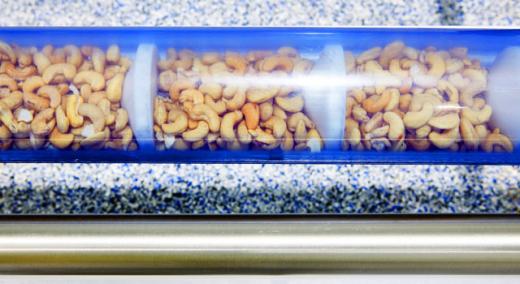With the threat of contamination from harmful pathogens such as salmonella, listeria, and e. coli a continual concern, food processors are seeking to protect not only the public but also their companies’ bottom lines from the massive costs, reputational damage, and greater regulatory scrutiny associated with recalls. The goal is a safe, clean, sanitized working environment.
|
ADVERTISEMENT |
Given the increasing number of outbreaks and recalls traced to post-processing contamination of foods, it’s no surprise that the preventive controls rule requires manufacturers to implement a food safety plan with the goal of preventing sanitation deficiencies. The rule covers sanitation practices for food-contact surfaces, preventing microbial and chemical cross-contamination, and monitoring potential environmental pathogens for critical equipment like conveyors.
As a result, quality assurance teams are paying more attention to the type and design of conveyance systems used to help meet food safety standards. This includes identifying potential harborage points where debris and pathogens can collect, as well as implementing best practices to save on costs to clean equipment, perform regular testing, and maintain the environment.
…

Add new comment